New macOS Malware Targets Crypto-Currency Users
A new piece of macOS malware has been observed being distributed via crypto-currency related Slack or Discord chat groups, security researchers warn.
First detailed late last month, the malware is being distributed by malicious actors who impersonate admins or key people. The actors share small snippets of code with the members of said chat groups, and attempt to convince them into running the code in a terminal.
Upon execution of the code, a malicious binary is downloaded and executed onto the victim’s machine. Although the social engineering trick isn’t as sophisticated, some users apparently fall for it.
The downloaded payload is rather large, at 34MB. As of Friday, the malware wasn’t being detected by any of the 60 anti-virus engines in VirusTotal, Remco Verhoef, ISC Handler and Founder of DutchSec, explains.
The malicious binary is not signed and Gatekeeper would normally flag and block it, but it appears that Apple’s protection measure does not work for files that are executed directly via terminal commands.
The reason the binary is so large is that the author apparently packed in it libraries such as OpenSSL and V8, Objective-See’s Patrick Wardle, who named the malware OSX.Dummy, points out.
When executed on the target machine, the malware first sets the script to be owned as root. When the threat executes sudo to change the file’s permissions, the user is prompted to enter their password in the terminal, and the malware steals it and saves it to /tmp/dumpdummy.
Next, OSX.Dummy sets the script to be executable via chmod +x, moves the script to a new directory, dumps a plist file to /tmp/com.startup.plist and then moves it to the LaunchDaemons directory, sets the owner of the file to root, and then launches the plist launch daemon, for persistency.
At this point, the malware has ensured that the malicious script is automatically executed by the OS whenever the system is rebooted.
The Python script, the security researchers discovered, attempts to connect to 185.243.115[.]230 on port 1337, then “duplicates stdin, stdout and stderr to the socket, before executing /bin/sh with the -i flag. In other words, it’s setting up an interactive reverse shell,” Wardle notes.
Once the connection to the remote command and control (C&C) server is established, the attacker can execute arbitrary commands on the infected machine, as root.
The malware’s capabilities, however, are limited, and every step of the infection process is rather trivial to detect, Wardle says.
